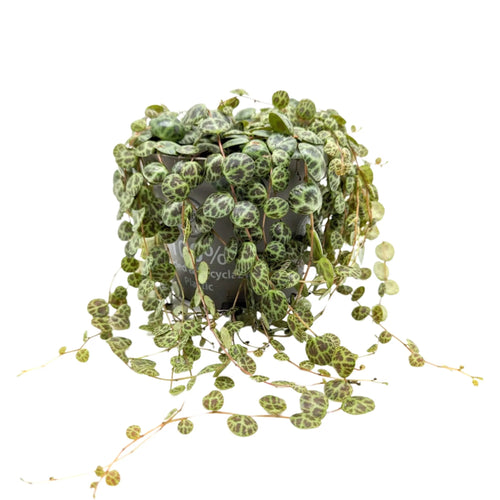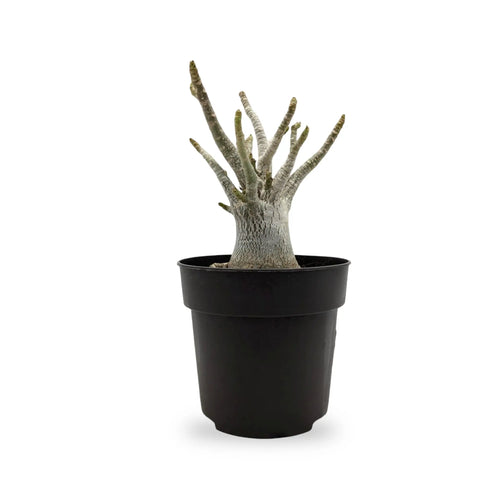Indoor plants are a wonderful addition to any home or workspace. They improve air quality, add a touch of nature to interiors, and can even lift your mood. However, even with the best intentions, it’s not uncommon to find your once-lush plant looking sad, droopy, or discolored. Don’t panic—many ailing plants can be brought back to life with the right care and attention. All you need is some observation, a bit of patience, and a few simple fixes.
First Things First: Don’t Give Up
When your houseplant starts to decline, it’s tempting to throw in the towel and toss it out. But plants, like people, have an incredible will to survive. In many cases, what seems like a dying plant is just a stressed plant that needs the right environment to bounce back. Reviving it may take some effort, but it can be deeply rewarding—and a valuable learning experience for your future plant care.
Start with a Diagnosis
Before jumping into solutions, take time to understand what’s actually wrong. The symptoms your plant is showing will guide you toward the problem. Here are some common scenarios and what you can do to fix them.
1. Limp, Droopy Leaves and Wet Soil? It’s Overwatering.
One of the most common mistakes in indoor plant care is giving a plant too much water. If the leaves are drooping or turning yellow, and the soil feels consistently wet, your plant may be suffering from root rot caused by overwatering.
Fix:
-
Carefully remove the plant from its pot and inspect the roots.
-
Trim away any brown, mushy, or rotten roots using clean scissors.
-
Replace soggy soil with fresh, dry potting mix.
-
Let the plant rest for a few days before watering again.
-
Ensure the pot has proper drainage to avoid future waterlogging.
Remember, most indoor plants prefer their soil to dry out a bit between waterings. Always check the moisture level before watering.
2. Dry, Wilted Leaves and Hard Soil? It’s Underwatering.
When a plant is underwatered, its leaves may look shriveled, crispy, or limp. The soil might feel dry and compacted, even pulling away from the edges of the pot.
Fix:
-
Place the entire pot in a basin or sink filled with water for about 15–30 minutes.
-
Allow the plant to soak up water from the bottom.
-
Once the soil feels rehydrated, drain excess water and return the plant to its spot.
-
Going forward, set reminders to water the plant regularly based on its specific needs.
Avoid the urge to flood it with water all at once, as compacted soil may not absorb it well from the top.
3. Yellowing Leaves and Exposed Roots? It’s Pot-Bound.
If your plant’s roots are growing out of the drainage holes or circling the pot’s edge, it’s likely root-bound. This means the roots don’t have enough room to grow, leading to stunted growth and poor health.
Fix:
-
Gently remove the plant from its pot.
-
Tease and loosen the root ball with your fingers or a clean tool.
-
Trim excess or tangled roots if necessary.
-
Repot into a container just one size larger, using fresh potting soil.
Avoid planting in a pot that’s too large, as it can lead to inconsistent moisture and slow recovery.
4. Brown, Crispy Leaf Edges on One Side? It’s Too Much Sun.
Direct sunlight, especially through glass, can burn delicate indoor plants. If leaves appear scorched or dry on the side facing the window, your plant may be getting too much sun.
Fix:
-
Trim away the damaged leaves.
-
Move the plant to a location with bright, indirect light.
-
Monitor its condition over the next week for signs of recovery.
While some plants love the sun, many common houseplants thrive in indirect or filtered light.
5. Pale Leaves and Sparse Growth? It’s Too Little Light.
Plants that don’t receive enough light may grow slowly, develop pale or yellowing leaves, or shed leaves altogether.
Fix:
-
Move your plant closer to a bright window with indirect sunlight.
-
Consider rotating it every few days to ensure even light exposure.
-
If natural light is limited, use a grow light to supplement its needs.
Most plants will respond positively to improved lighting conditions within a couple of weeks.
6. No Growth and General Decline? It’s Environmental Stress.
Sometimes, plants appear sickly without clear signs. If your plant isn’t growing but also doesn’t fit into the above categories, it could be due to general stress.
Fix:
-
Check if the temperature in the room fluctuates too much. Avoid placing plants near heaters, AC vents, or drafty windows.
-
Ensure it isn’t exposed to extreme temperatures during weekends or holidays, especially in closed office spaces.
-
Review its care requirements—light, water, humidity—and make small adjustments.
Also, be cautious with pruning. Only remove up to 25% of the plant at a time, and never prune aggressively during stressful periods.
Things to Avoid While Reviving a Plant
-
Don’t Fertilize Right Away: Adding fertilizer to a struggling plant can worsen its condition. Wait until you see new, healthy growth before feeding it.
-
Don’t Move It Around Too Much: Constantly changing its location can add to the plant’s stress. Let it recover in a stable environment.
-
Don’t Give Up Too Soon: Some plants take weeks to show signs of improvement. Stay patient and observe slowly.
Not Ready for the Commitment? Consider Low-Maintenance Alternatives
If you find it difficult to keep up with plant care, opt for hardy varieties like snake plants or succulents that need minimal attention. These are ideal for beginners or those with hectic schedules.
Alternatively, realistic replica plants are another option. Modern artificial plants look incredibly lifelike and require no care, offering all the aesthetic benefits of greenery without the responsibility.
Final Thoughts
Reviving a dying houseplant may seem daunting at first, but with careful observation and timely action, many plants can bounce back beautifully. Every setback is an opportunity to better understand your plant’s needs and refine your approach. Whether your plant is suffering from too much water, too little sun, or root congestion, a tailored response can make all the difference.
So, roll up your sleeves, check your plant’s symptoms, and give it a second chance. You might be surprised at how resilient these green companions can be.










